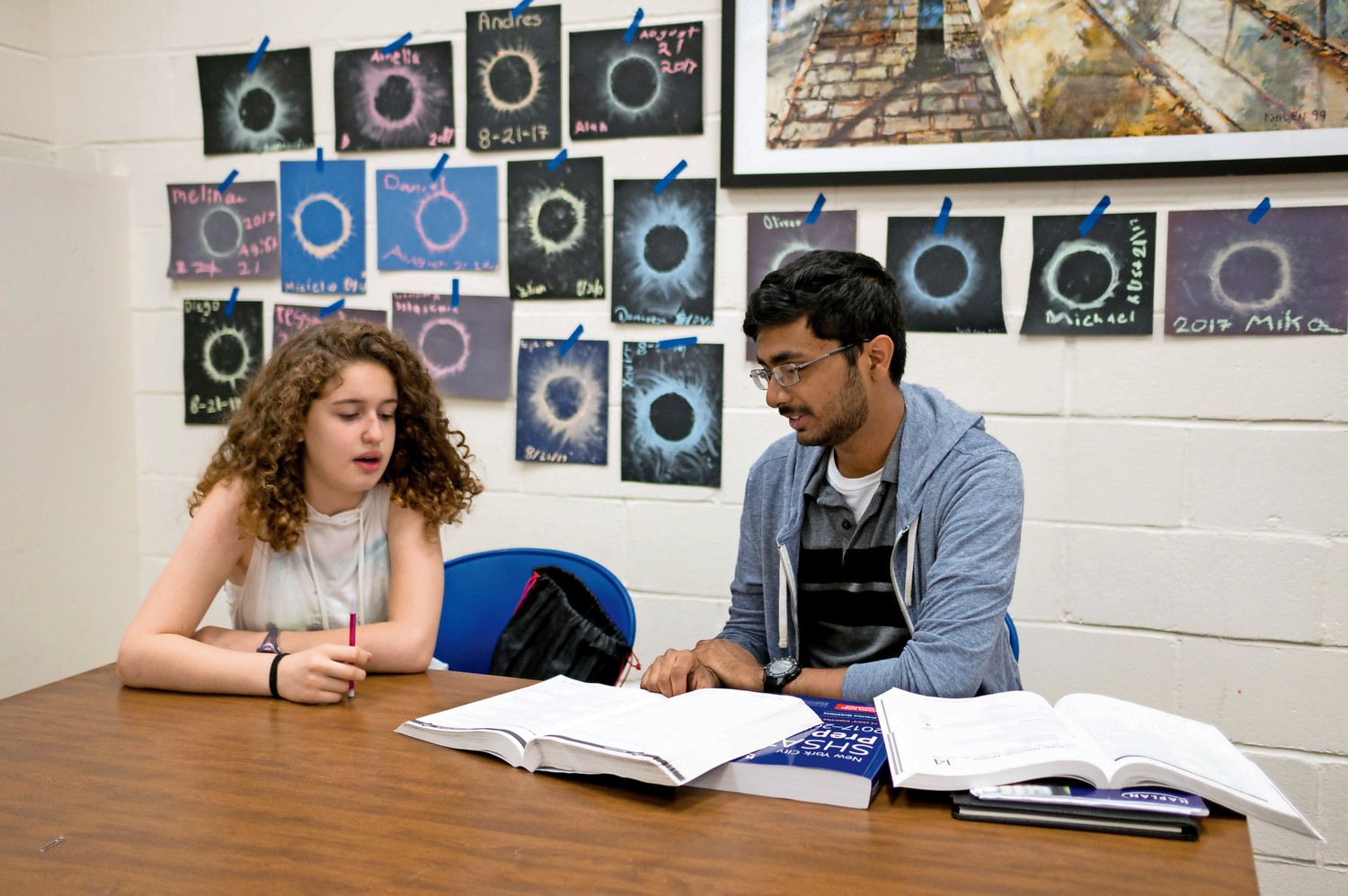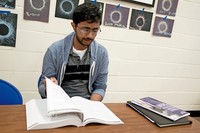Dinowitz disses mayor’s plan for specialized high schools
It’s considered a rite of passage, so to speak. Want to attend one of New York City’s coveted specialized high schools? Well, it’s easy — just pass this rather complicated entrance exam known as the SHSAT, the specialized high school admittance test.
Assemblyman Jeffrey Dinowitz remembers what that test was like, needed to get him into the Bronx High School of Science. And he’s not about to let Mayor Bill de Blasio and Chancellor Richard Carranza make the test used to admit students into eight of the nine specialized high schools in the city obsolete.
Yet, it’s exactly what de Blasio believes is needed to diversify these schools, leaning on a 2013 campaign promise to desegregate specialized schools so they “reflect the city better.”
“This is a diversion, a smoke screen to play on an emotional issue,” Dinowitz said in a recent statement on the proposed city policy. “They’re not talking about why is there such a disparity within those schools and systems. A significant percentage of the kids who are in the specialized schools are low income, and it’s not like a bunch of rich kids are getting into these high schools.”
Yet, part of the problem getting into these schools is access to test prep — something that could be costly, and out of the reach of low-income students. Riverdale Community Center, for example, offers a two-week test prep in July for $275.
Although black and Latino students make up about two-thirds of the city’s public school population, they fill just 10 percent of the seats offered in these specialized high schools, according to the city’s education department.
Asian-American students make up 16 percent of the school system, yet comprise of 62 percent of the specialized high school population, while white students — who account for 15 percent of the public school population — fill 24 percent at schools like Bronx Science.
Eliminating the test would actually discriminate against Asian students, Dinowitz said, because if more black and Latino students were admitted into these elite schools, Asian-Americans could be pushed out.
“There’s a step to put a quota against Asians,” the Assemblyman said. “Some of these students have prepared for the test from the day they entered preschool. And instead of trying to punish kids, we should find a way that every corner of the city could be able to succeed.”
72 percent Asian
At Stuyvesant High School in Tribeca, 72 percent of the students are Asian, according to the city’s education department. This year’s incoming freshman class has 10 African-American students in a class of more than 900.
“I’m not saying that this is the greatest test in the world,” Dinowitz said. “But this test is fair and totally objective and can’t be screwed around with, and there are a lot of things in life that are based on one test.”
Those include assessments like the driver’s test and state bar exam for attorneys. Yet, research by the city’s education department has found that about 160 other elite and specialized high schools around the country utilize a variety of measures to evaluate and admit students.
“These schools tend to rely strongly on students’ prior academic record and performance on standardized state or district tests,” said education department deputy press secretary Will Mantell. “New York City has been found to be the only district to admit students based on a single exam.”
Although it seems to be a city issue, eliminating the test actually requires an intervention at the state level, where Dinowitz operates. A bill sponsored by Brooklyn Assemblyman Charles Barron has lumbered its way through committee in Albany, but isn’t expected to get a full floor vote this term.
If signed into law, Barron’s bill would phase out the SHSAT over the next three years, replacing it with a system taking the top 5 to 7 percent of public middle school students from across the city and making them eligible for admission.
Students who rank high in their middle schools parallel academically their peers who pass the SHSAT.
“In fact, there is currently a great deal of overlap between top performers and students who receive offers to the SHSAT,” Mantell said. “Still, there are students across the city who perform well in school and on state exams, but do not succeed on the SHSAT.”
Seeking diversity
Schools like Bronx Science, however, are not waiting on a bill to start increasing diversity.
“We are involved in a number of outreach efforts,” Bronx Science principal Jean Donahue said. “We have hosted visits this year from more than 10 public middle schools, all with mostly under-represented students, and most from the Bronx. We also have two open houses a year and attend city-run high school fairs.”
And not all SHSAT prep costs money. Once again this year, some public libraries like the one at Spuyten Duyvil, will offer free test prep beginning next month.
Dinowitz, ultimately, has his own solution: Create more specialized high schools.
“Don’t tell me that there aren’t smart kids here that don’t have incredible talent,” Dinowitz said. “Instead of trying to blame the test, the problem is that the DOE has failed miserably in developing the talent in kids across all corners.”









